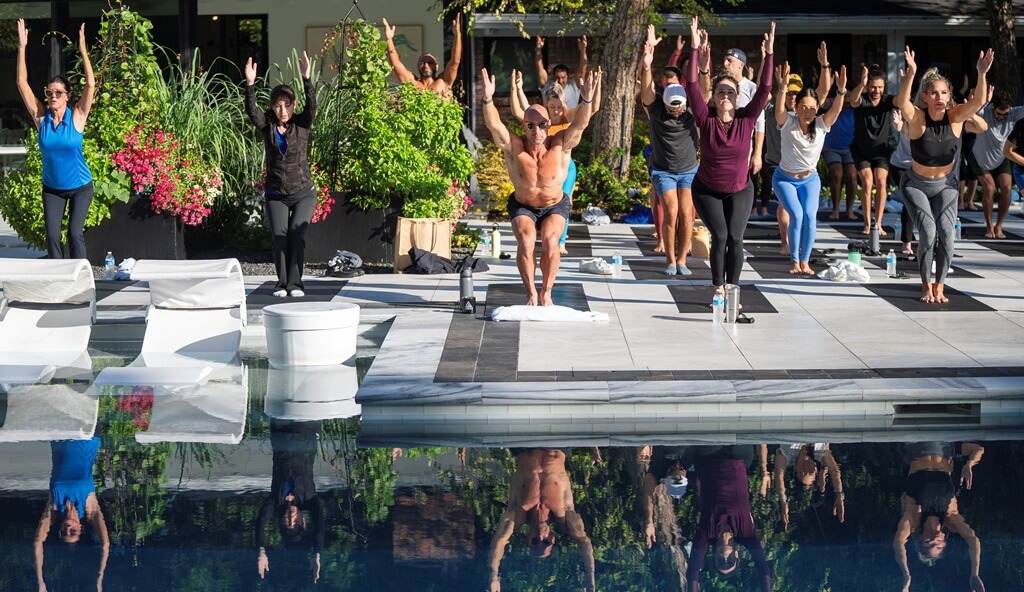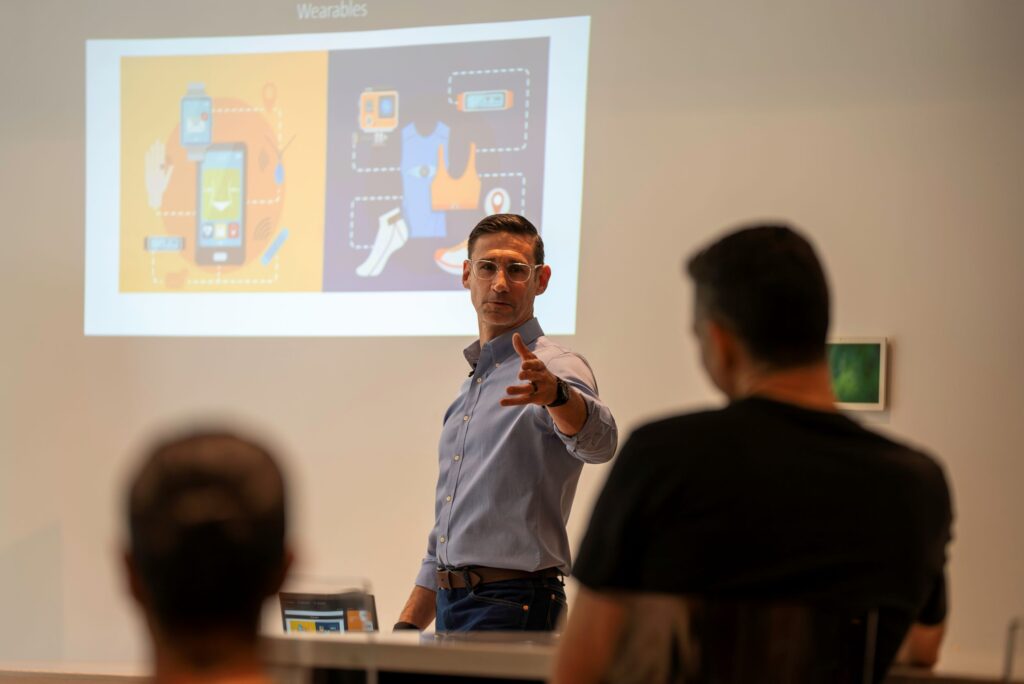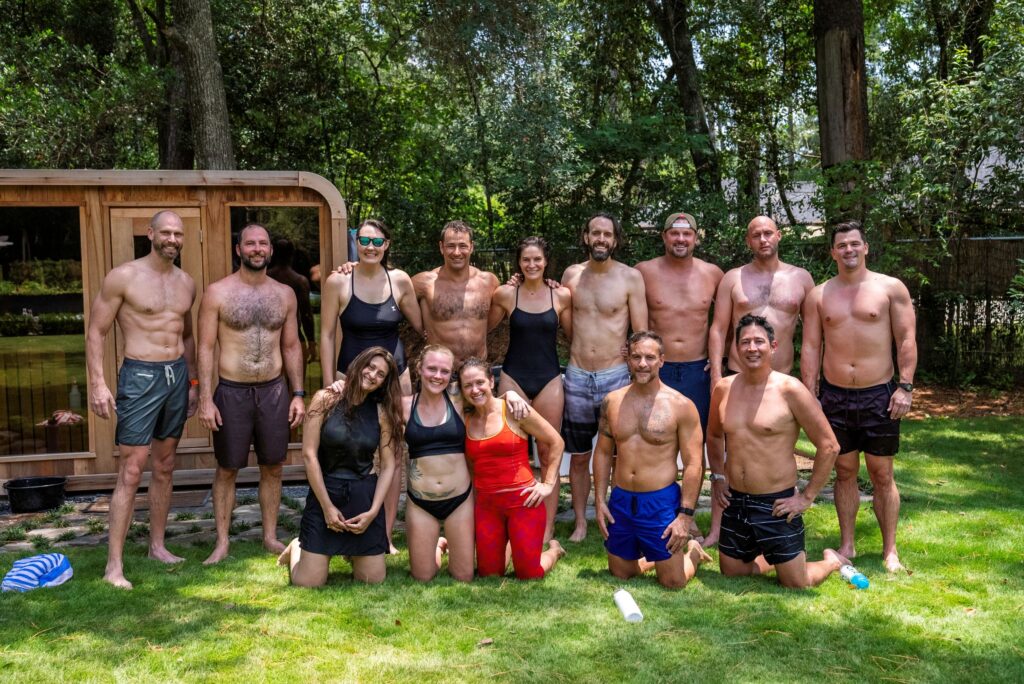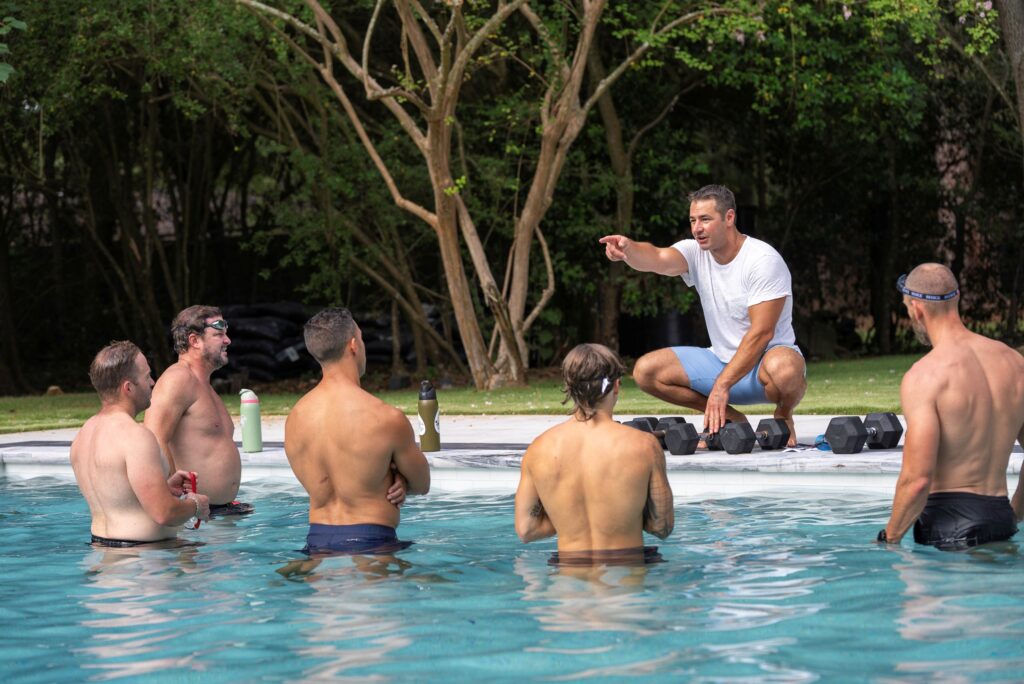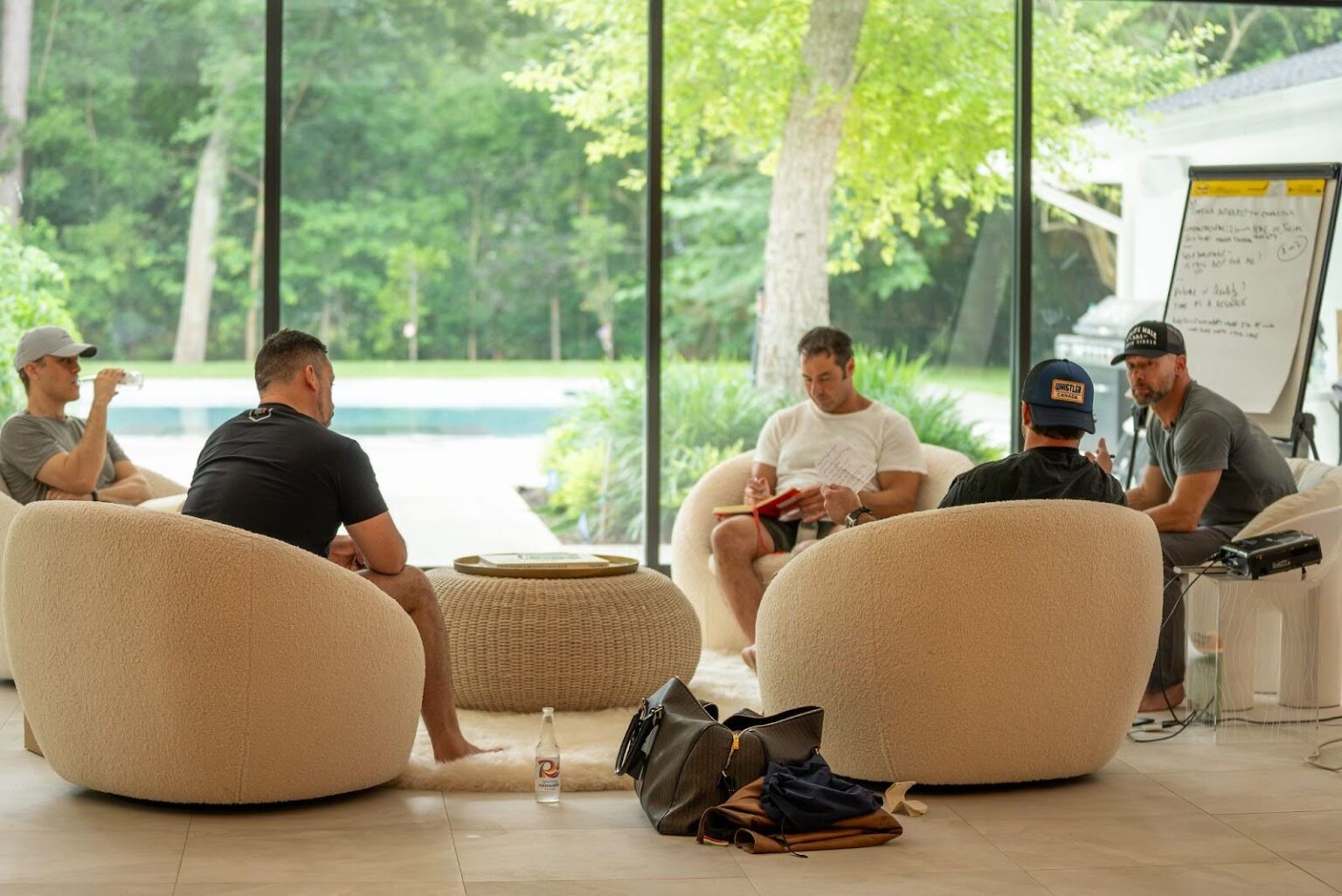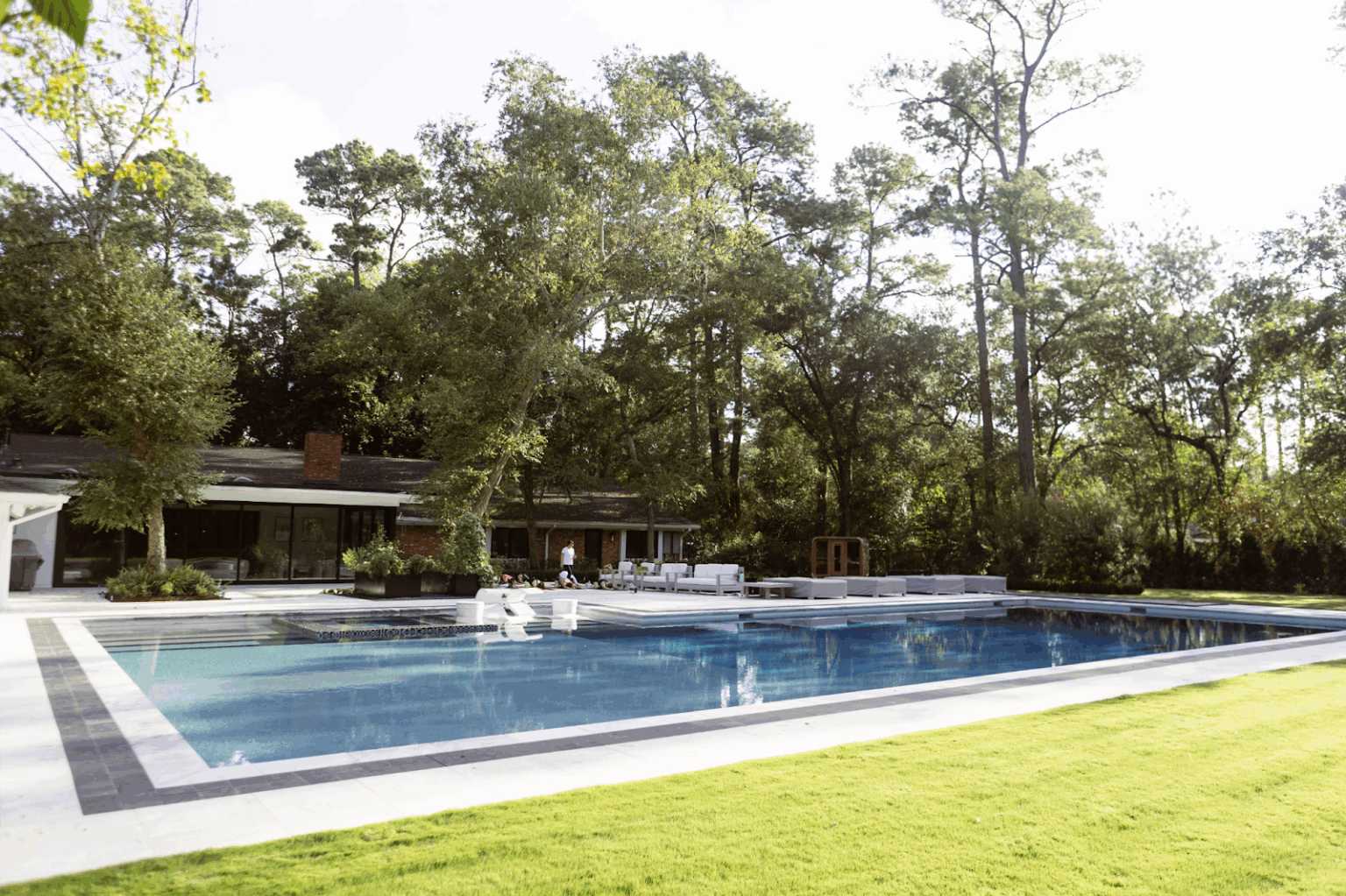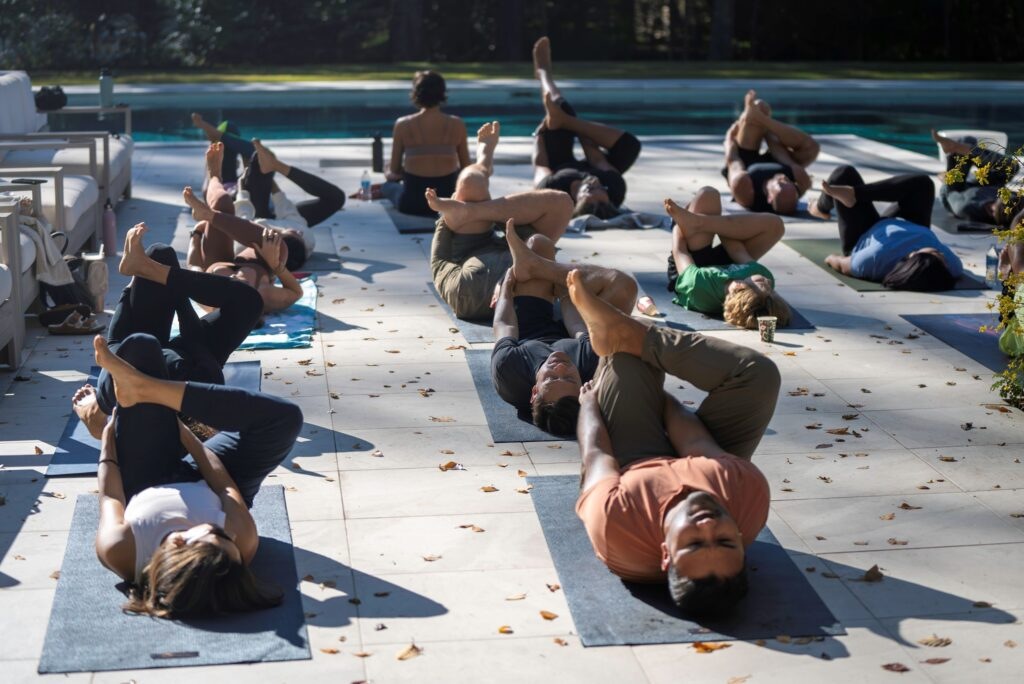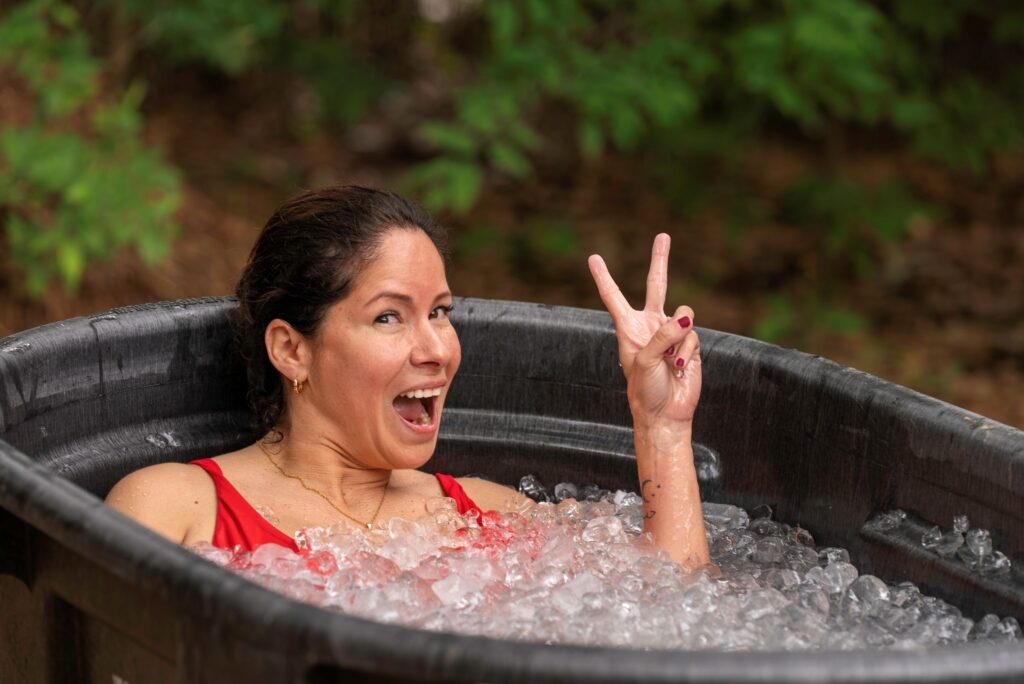The Ultimate Guide to Planning a Life-Changing Wellness Retreat (2025 Edition)
Why a Retreat Can Transform Lives
I’ll never forget the first retreat I helped organize. There were only 12 of us, tucked away in Houston. But something shifted that weekend. Not because we had fancy programming or perfect food. It was the space. The pause. The people. The moments for connection. That’s when I realized: a retreat isn’t about perfection—it’s about intention.
People are craving connection and clarity more than ever. They want to make healthy choices to upgrade their mental, physical, and emotional health. They want to unplug, feel their bodies again, and have real conversations without checking their phones every two minutes. A well-designed wellness retreat can be that catalyst. But if you’re the one planning it? It’s a little terrifying. You worry: “What if no one signs up?” “What if someone gets hurt?” “What if it’s just… awkward?”
Totally normal. Planning a retreat is equal parts logistical nightmare and soul mission. But when it all comes together, it’s one of the most fulfilling things you’ll ever do. Today I want to dive into the nuts and bolts of what to consider. Use this as your guide—because you can do this, and it can change lives. Starting with yours.
Step 1 – Plan with the End in Mind
What do you hope that people would leave with? What is the core message? I always like to think that people will be able to remember three big things from any retreat, along with a feeling associated with it.
So what would be your three big messages, and how can you reinforce those all the way through the experience?
Know Your People: Who’s Coming and What Do They Need?
The single biggest mistake I’ve seen? Planning a retreat around what you want—without really thinking about who’s showing up.
Start with group size. I’ve found the sweet spot is usually between 10 to 30 people. It’s small enough to foster deep conversations but big enough that there’s some healthy diversity of energy. Go too small and it can feel intense or sparse. Too big, and you lose intimacy fast.
Think about fitness levels, too. Not everyone wants to start their Saturday with a 90-minute vinyasa sweat-fest. Some folks are super comfortable in their bodies; others haven’t touched their toes since middle school. That doesn’t mean you need to water it all down—it means you offer choice. Optional morning hikes. Tiered versions of movement. Even just saying “this is a no-judgment zone” goes a long way.
Also consider personalities. Extroverts may thrive in group shares and team activities. Introverts? They’ll need pockets of solo time or quiet corners to reset. You don’t need to design a different retreat for every type of human—but you do need to leave room for them to be themselves.
Build a Flow, Not Just a Schedule
It’s tempting to jam-pack the retreat agenda. Trust me—I’ve done it. But the real magic usually happens in the spaces between.
Think about your retreat like a movie. There should be a beginning (where everyone lands and gets comfy), a middle (the emotional peak, challenge, or breakthrough), and an end (where you integrate, reflect, and prepare to re-enter real life). You want a rhythm to the day: maybe it starts slow with breathwork or tea, builds to movement or group activity, then winds down with reflection or rest.
What made the difference for me was learning to include intentional space. Let people linger after meals. Add a 30-minute “no agenda” block between sessions. Those tiny moments—when someone wanders off to journal, or ends up chatting with someone over herbal tea—are often the ones they remember most.
You don’t need to entertain every second. Just set the stage, then let connection do its thing.
Pack It With Takeaways (That Actually Stick)
If people leave your retreat with only memories, you’ve missed a massive opportunity. Give them things they can use.
First of all, I like to think of messages—a core message that I want people to take away. A few examples of messages in the past are:
- You have within you unstoppable confidence to achieve anything you want
- Being healthy doesn’t have to be complicated—it can actually be as easy as some basic practices and techniques
- Stress is something real, but you have the ability to marshal it to your needs
- Tools and techniques for dealing with high-pressure situations
Then I like to share and reinforce repeatedly tangible techniques in support of the core message. Some example tangible tools:
- Breathwork techniques they can repeat at home
- Daily mobility routine to address a specific need
- Cold plunge routines or protocols they can try in their own shower
- Journaling prompts that keep them reflecting weeks later
- Spotify playlists from your morning movement sessions
- Recommended books or resources
Long after the lavender diffusers are turned off and the group photos are posted, it’s the takeaways that anchor the experience.
Follow-up After the Retreat
Bonus points if you follow up with a WhatsApp group, post-retreat Zoom, or after-retreat challenge. You’re not just giving them a weekend—you’re giving them a new baseline. Something to carry home and integrate into their lives.
I like to anchor these follow-up sessions to a specific task or milestone. For example, if the retreat was geared around healthy habits, I love for a post-retreat follow-up session to give people an opportunity to brag about their successes with those habits, as well as ask questions from actually putting them into practice.
Design for Connection, Not Just Content
People come for the content, but they stay for the connection.
If I’ve learned anything, it’s that the real transformation doesn’t happen during the expert workshop or the yoga class. It happens during that impromptu conversation by the firepit, or the moment two people cry-laugh during partner breathwork. Connection is the real medicine.
So build it in:
- Host a welcome circle with intentional questions (go deeper than “What do you do?”)
- Share meals family-style, no phones allowed
- Pair people up for certain exercises or reflections
- Include a group challenge or creative activity (like cooking, co-writing intentions, or even a silent walk)
Also, make sure people feel safe. That means having clear boundaries, confidentiality agreements, and support for anyone who needs to step out or regulate their emotions. Vulnerability only thrives where safety lives.
Choose the Right Setting (It’s More Important Than You Think)
The venue sets the tone. I’ve run retreats in sleek city studios, remote houses, and coastal eco-resorts—and the space changes everything.
Look for places with light, warmth, and nature nearby. People open up differently when they can see trees or feel wind. Ideally, you want:
- Flexible indoor/outdoor space
- Natural light and quiet surroundings
- Cozy corners for personal reflection
- A good kitchen or catering options
- Accessible bathrooms and creature comforts
Sound matters too. Can you play soft music or hear birdsong? Is it quiet enough for meditation, but not so quiet it feels eerie? Pay attention to the flow—can people move comfortably from activity to activity, or will they feel herded?
Logistics matter too. You might find a cool space, but if it’s difficult to get service providers, caterers, speakers, or other people in and out or to move around the space or move between activities, then the retreat can feel off.
You’re not just renting space. You’re shaping experience. Choose wisely.
Make Movement and Mindfulness Accessible to All
Here’s the thing: not everyone wants to be pushed to their edge. And that’s okay.
Yes, retreats are an amazing opportunity for growth. But they should also feel safe for every body in the room—literally. Offer modifications, or even alternatives, for physical practices. A five-minute seated breath practice might be more transformative than a headstand for some.
Here’s what I’ve found works:
- Offer options in every session (“Do this pose or rest in child’s pose.”)
- Give non-movement-based mindfulness practices, like journaling or guided visualization
- Remind people often: “Take what you need. Leave what doesn’t serve.”
- Celebrate presence over performance
People remember how they felt—not what they accomplished. Help them feel capable and supported, not judged or out of place.
Give Them Something to Carry Home
The best retreats don’t end when people pack their bags.
If you’ve done this well, they’re walking away with more than good memories. They’re leaving with clarity, confidence, new friendships, and tools they’ll use for years. That’s real impact.
So here’s what I want you to remember:
- Focus on the people, not the perfection
- Design for energy, not just agenda
- Create safety, connection, and spaciousness
- And always, always build in a way for the retreat to live on
Ready to host your retreat? The checklist above will give you a great start. Or, reach out to me and I’d be happy to curate an amazing experience for you.
Either way, don’t wait.
The world needs more spaces to heal, connect, and grow. You just might be the one to create it.

